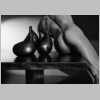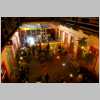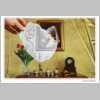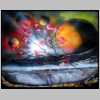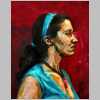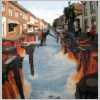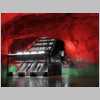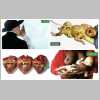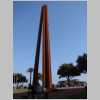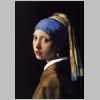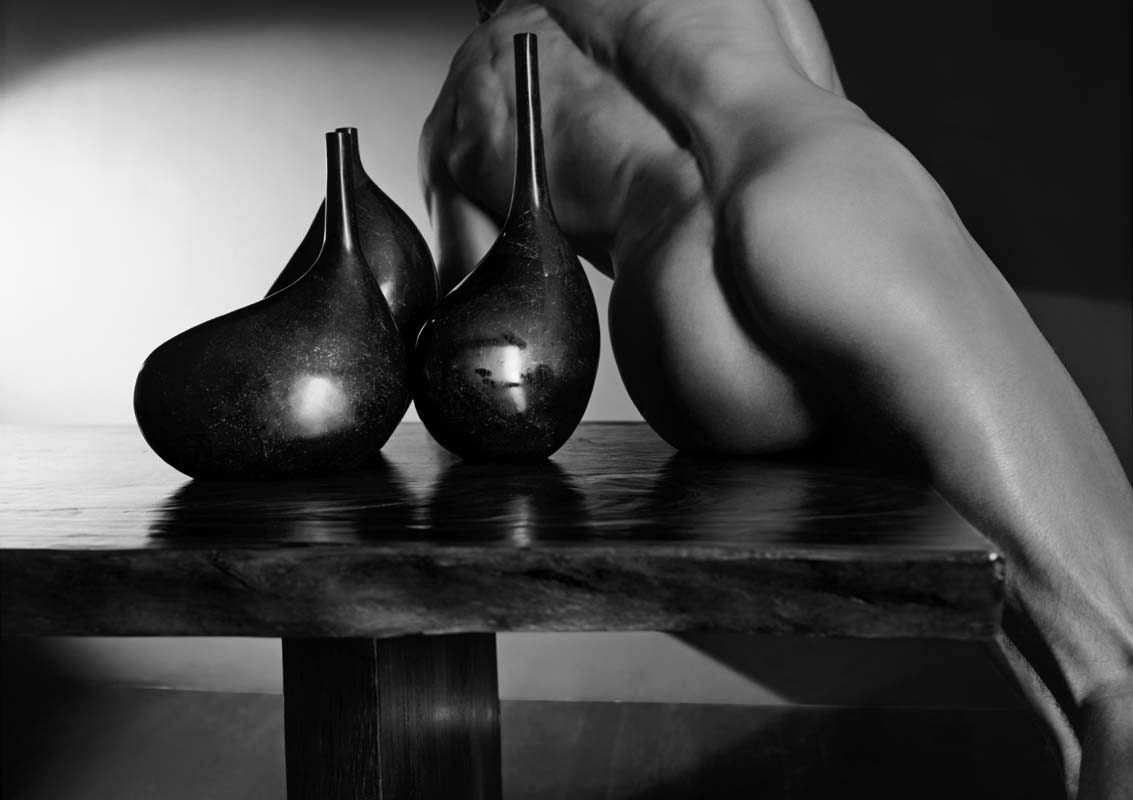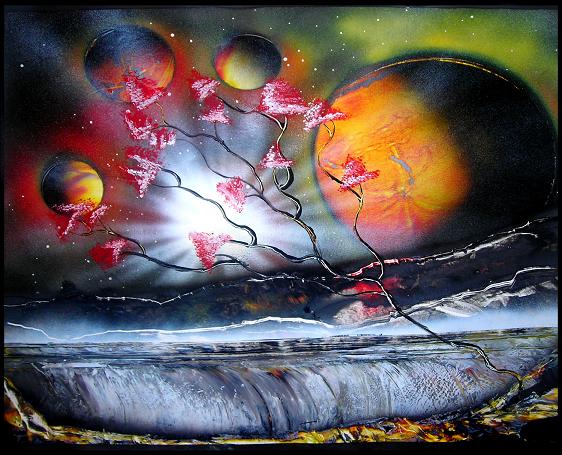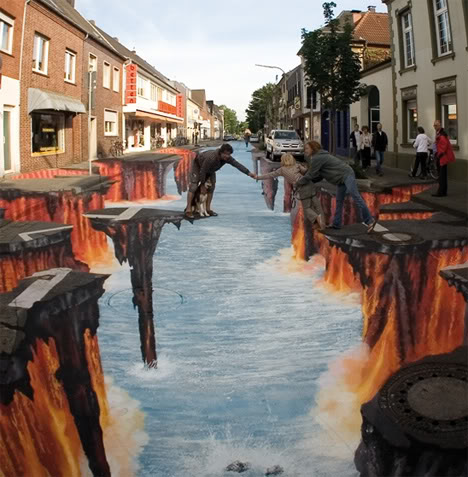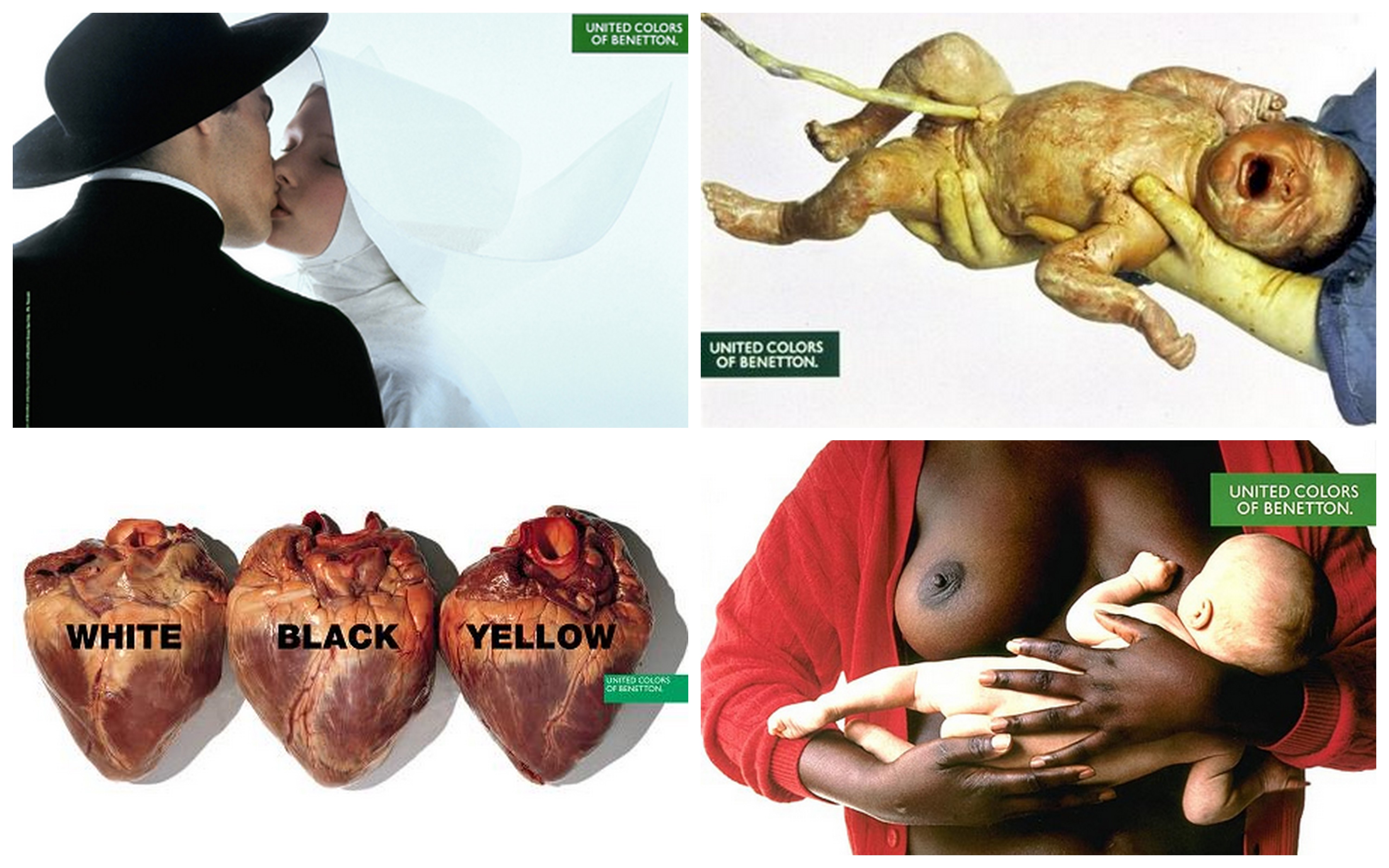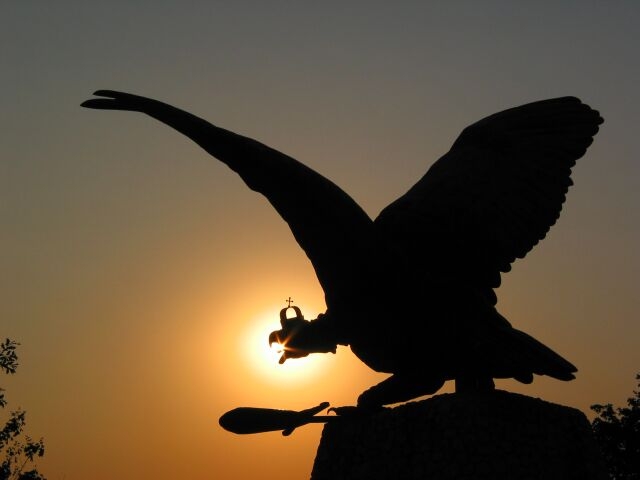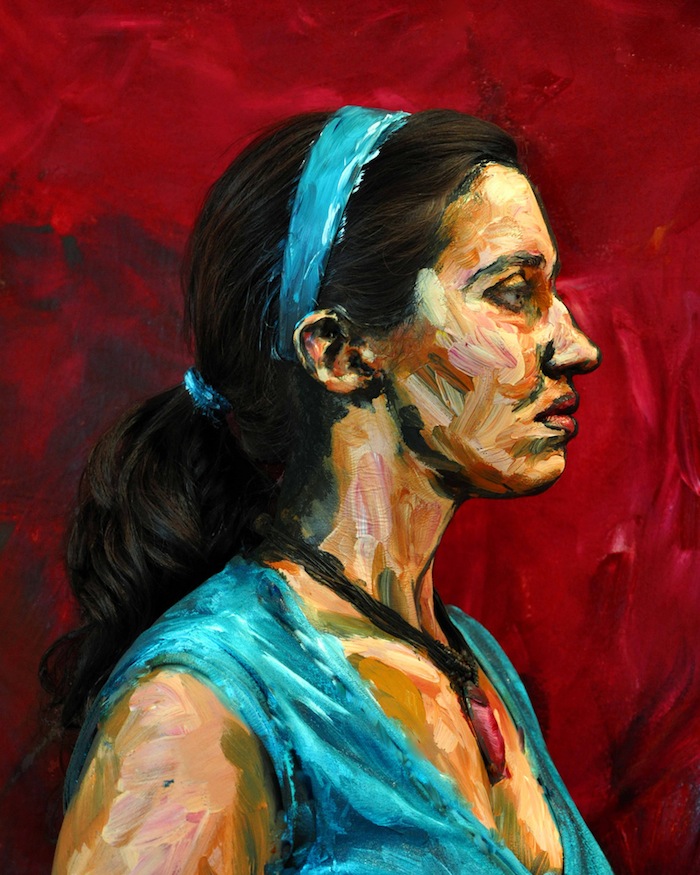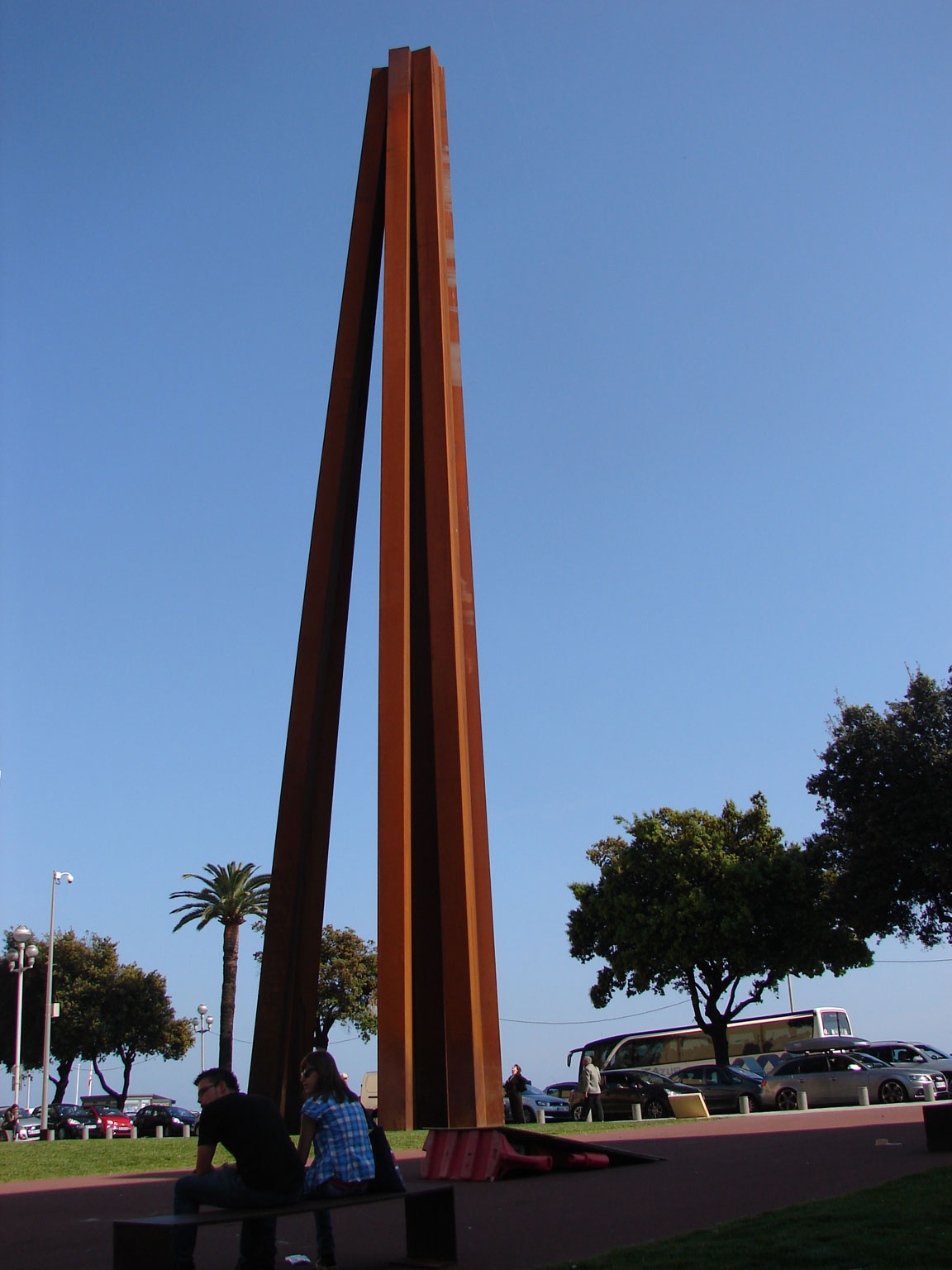|

Stockholm Subway |
The Stockholm subway system is very much
unlike the metro networks in other countries. There are several lines in the
world that are known to be beautiful or interesting; these are usually
decorated in a clear, modernist way, so that its atmosphere makes you forget
that you are travelling underground. However, in Stockholm, it is the other
way round.
The Stockholms tunnelbana consists of 100
stations (47 underground and 53 above ground), out of which about 90 are
decorated in a peculiar way; that is why this network is often referred to
as the longest art exhibition in the world.
Hundreds of artists have been working on the
project, with the state investing $1.5 annually in the gallery. There are
three lines (blue, red and green), meeting at the central station called
Stockholm C, which is the centre of the city, the central railway and bus
stations also being there. Formerly there was even an official tour starting
from this point, taking the passengers to the most possible decorated
stations with a tourist guide.
The whole project started when the state had
enough of the graffiti and other realisations of vandalism in the subway,
and so they decided to turn this vandalism into art. There are still some
stations whose walls are covered in graffiti – but it is the work of
professional artists, not the vandals any more.
However, the most conspicuous feature of the
stations is something different and very unique. In most of the stations the
walls are in their natural form and shape, i.e. not being polished and
clear-cut, but retaining the patterns of the ground they had been carved out
of. This is called a grotto, that is a natural or artificial structure made
to resemble a natural cave. So, when walking around in the metro, you might
feel as if you were standing in the middle of an excavation; instead of
making you forget you are underground, this emphasises the very same fact,
only you do not feel depressed and claustrophobic, but rather enjoy the
view.
Each and every station has its own theme – be it
animals, flowers, ships (with nautical tools and maps), the sky, or anything
you can imagine – and is decorated accordingly. For instance, there is a
station, where the walls and the ceiling resemble a pond: there are little
rocks and pebbles glued to the walls and the floor, and the ceiling is
painted in blue, having some water lilies as well:
just as if you were standing at the bottom of a lake.
Besides paintings, murals and frescoes, you can
find different kinds of carvings, wall reliefs, mosaics, statues, gargoyles,
writings on the floor, little buildings, wrought iron elements, coloured
lights and even some video installations throughout the subway; and
sometimes the metro cars are painted themselves.
In addition, the network is not only beautiful,
but also economical and environmentally friendly; all the stations have an
elevator for the disabled people, and also escalators, which only work when
needed, saving energy.
All in all, you may say that the whole “gallery”
is only for advertising the subway system, but if so, I think it is even
better. It is beautifully and very elaborately made, not only eliminating
claustrophobia, but replacing it with a feeling of never wanting to leave
the underground. Ágnes Kassai |

